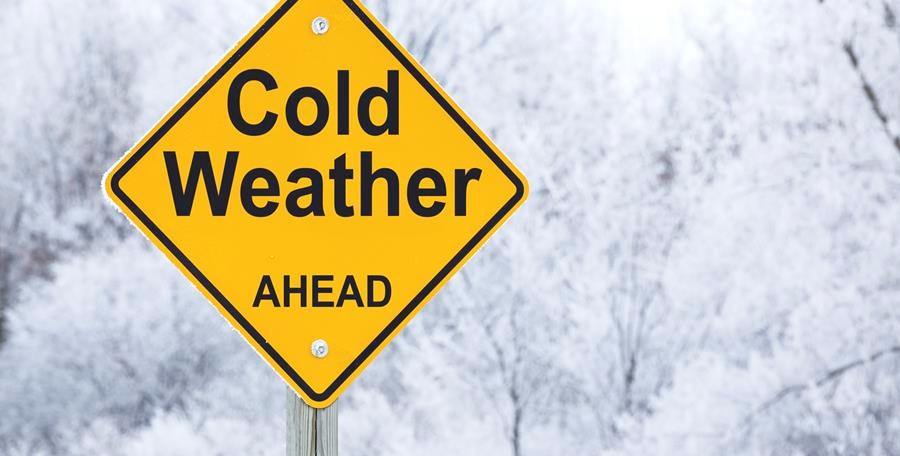WalkSafe: Look Out for Symptoms of Cold Stress
Search the Library
Feb. 2021
WalkSafe:
Look Out for Symptoms of Cold Stress
Cold stress is a term for illnesses—like frostbite, trench foot and hypothermia—that present when the body cannot maintain its normal temperature. Understand what contributes to these conditions and how to respond.
Frostbite – Frostbite occurs when skin and underlying tissue freezes. It occurs most commonly on fingers, toes and the face, or wherever skin is exposed to the cold and wind. Symptoms may include: a cold, prickly feeling, numbness, joint or muscle stiffness, hard or waxy-looking skin, and changes in skin color (i.e., red, white, bluish-white or grayish-yellow).
Trench foot – Caused by standing in cold water or mud for extended periods of time, trench foot presents as redness, pain, blistering, numbness/tingling or swelling in the feet – and even leg cramps.
Hypothermia – The body reaches a state of hypothermia when its temperature drops to less than 95 degrees Fahrenheit. Hypothermia is a medical emergency that presents with symptoms such as, shivering, slurred speech, shallow breathing, weak pulse, exhaustion, confusion and loss of consciousness. While hypothermia often occurs as a result of prolonged exposure to very cold temperatures, it can occur at temperatures above 40 degrees Fahrenheit if the body becomes chilled by moisture or submersion in cold water.
Seek help immediately if you or an employee experiences these symptoms.
For more tips, tools and information, contact your dedicated United Heartland loss control representative, or visit our Resource Library.

Share this resource:
URL coppied to clipboard.
Or send it directly to someone via our email form:

